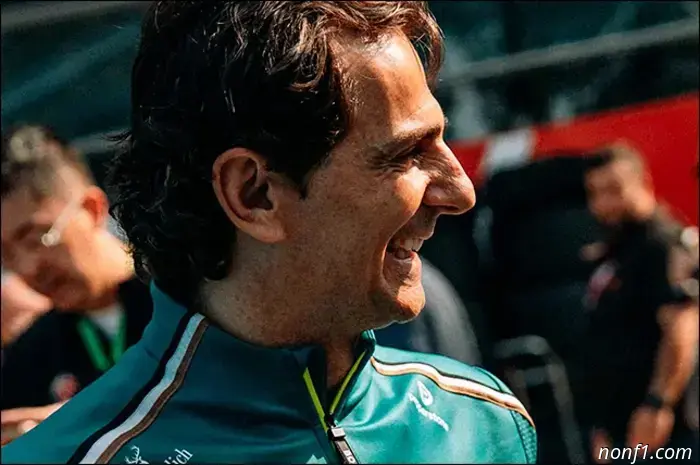
De la Rosa on the track features and settings in Suzuka
Aston Martin Ambassador Pedro de la Rosa spoke in the team's preview before the Japanese Grand Prix about the features of the track and the setup of the car.
Q: It is often said that Suzuki tests the skill of the riders…Pedro de la Rosa: Yes, that's right. Suzuki is an old–school track, there is no room for mistakes here. It is narrow and surrounded by gravel traps. Everyone knows that any blemish can end in a crash, but it makes piloting even more interesting.
There are a lot of high–speed turns, especially in the first sector - this is the most difficult part of the lap for the rider and the car. The "eski" at the beginning of a lap is a series of turns in sixth gear that you fly at 200 km/h without touching the brakes at all.
Suzuki is one of the most difficult tracks on the calendar, but if you have the courage to take the risk and not make a mistake, you can buy a lot of time.
Besides, the first half of the lap is very difficult physically. Overloads reach 5g when you change direction at high speed, and there is also an ascent and descent when you climb a hill.
On the long straights in the second half of the lap, you can catch your breath. Suzuki allows you to recover during the lap – this is not Monaco or Singapore, where there is absolutely no opportunity to take a break.
That's the beauty of Suzuki. You hardly breathe in the first half of the lap, and that's when you get a good lap time, and then you can exhale and recover before the roller coaster starts again.
Q: What settings are needed in Suzuki?Pedro de la Rosa: Here we need a responsive front axle that allows us to quickly change the direction of travel. You must be sure that the car will be obedient in high-speed turns, otherwise you will have to slow down so that the front of the car can take a position in the turn.
If the car is not good at high-speed turns, you will damage the tires, which will negatively affect the speed. You need a good balance in the first sector so that there are enough tires for the entire lap.
You need to be able to control the temperature of the brakes. In qualifying, you barely touch them in the first half of the lap, so by the first point of serious braking, at the hairpin of turn 10, the brakes cool down. You have to work intensively with the brakes to bring them to the right temperature and maintain it until you need them.
In a race, you brake more actively because the car is heavier because of the fuel. To control the brakes properly, you need to work closely with your racing engineer.
Question: It may rain in Suzuka at any minute, even if the forecast does not promise precipitation.…Pedro de la Rosa: In the rain, the race in Suzuka becomes three times more difficult, as the high-speed change of direction remains and the grip on the track deteriorates. In addition, due to the terrain features, the depth of water on the surface varies throughout the entire circle. A river always forms between the sixth and seventh turns, and the 130R turn, which is easy to pass in dry weather on a modern car, becomes a difficult test.
But in the Suzuka rain race, you can choose different trajectories. There is only one trajectory on a dry track, and you have to drive where there is a layer of used rubber. When wet, you don't have to look for better grip, but for less water. In such a situation, you need to be an artist, come up with different options to drive fast.
Q: The Japanese Grand Prix is famous for the unique atmosphere created by the fans. Starting in 2026, when cooperation with Honda begins, this stage will become a home for Aston Martin. What kind of reception do you expect from the fans?Pedro de la Rosa: The Japanese audience has always treated us well, and next year we will have even more fans.
I competed in Japan in the local Formula 3, in Formula Nippon and Touring, in Formula 1 in the 90s and early 2000s, and I am amazed at how many people still remember me from those times. This really highlights the Japanese audience's deep knowledge of our sport.
The public's support and memories of your past achievements are very gratifying. I am sure that Japanese fans will support Aston Martin for many years to come.
Q: How do you personally handle a schedule of three races in a row?Pedro de la Rosa: Everyone finds their own solution. It's individual. The important thing is the result, the confidence that when you get behind the wheel at the end of the week you will be in your best shape.
Sometimes psychological readiness becomes more important, racers use different ways to achieve it.
I usually went straight home after the race, and in my career I have sometimes done rash things. I remember in 2012 we had a race in South Korea a week before Japan, and I flew home between races anyway. I only stayed in Spain for 36 hours, but I missed my family, and the trip home helped me mentally recover before the next race.
A week-long break, like between China and Japan, is more than enough to restore their energy levels. In a calendar of 24 Grands Prix, it is extremely important to be able to rest between two or three races in a row, as the workload in such series is really high.
Other articles
 Lawson: I didn't expect this and I'm shocked by Red Bull's decision.
Liam Lawson said that he was surprised by the decision of the Red Bull management to transfer him from Red Bull Racing to Racing Bulls after two races of the new Formula 1 season.
Lawson: I didn't expect this and I'm shocked by Red Bull's decision.
Liam Lawson said that he was surprised by the decision of the Red Bull management to transfer him from Red Bull Racing to Racing Bulls after two races of the new Formula 1 season.
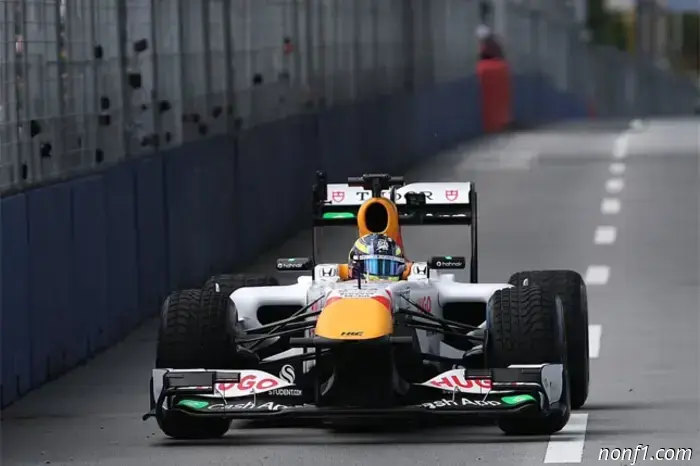 Isaac Hajjar damaged his car during a racing show
On the eve of the Japanese Grand Prix, Honda, together with Red Bull Racing and Racing Bulls, organized demonstration races through the streets of Tokyo. The drivers of both teams got behind the wheel of cars from previous years, but in the case of Isaac Hajjar, not everything went smoothly.
Isaac Hajjar damaged his car during a racing show
On the eve of the Japanese Grand Prix, Honda, together with Red Bull Racing and Racing Bulls, organized demonstration races through the streets of Tokyo. The drivers of both teams got behind the wheel of cars from previous years, but in the case of Isaac Hajjar, not everything went smoothly.
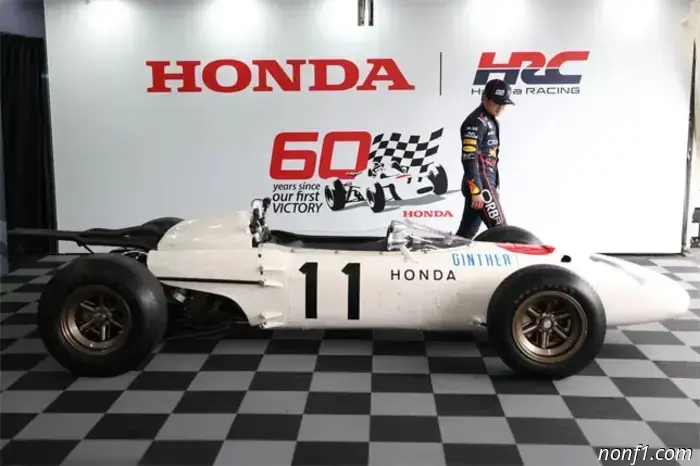 Verstappen hinted at future cooperation with Honda
Demonstration races of the Red Bull Racing and Racing Bulls teams, organized with the support of Honda, took place in Tokyo. Max Verstappen, commenting on the races behind the wheel of the RB16, hinted at his future cooperation with Honda, which added fuel to the rumors about his departure from Red Bull Racing.
Verstappen hinted at future cooperation with Honda
Demonstration races of the Red Bull Racing and Racing Bulls teams, organized with the support of Honda, took place in Tokyo. Max Verstappen, commenting on the races behind the wheel of the RB16, hinted at his future cooperation with Honda, which added fuel to the rumors about his departure from Red Bull Racing.
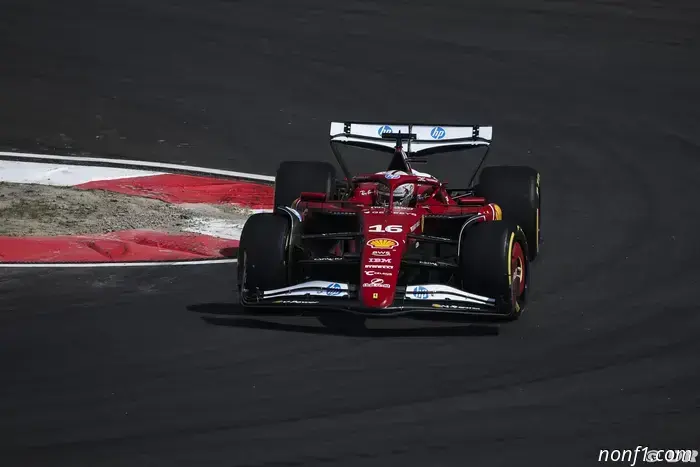 Montezemolo is 'shocked' by Ferrari's performance in China, according to Ecclestone.
Formula 1 | The former president of Ferrari expressed his shock at the team’s double disqualification following the Chinese Grand Prix. This is according to Bernie Ecclestone, (…)
Montezemolo is 'shocked' by Ferrari's performance in China, according to Ecclestone.
Formula 1 | The former president of Ferrari expressed his shock at the team’s double disqualification following the Chinese Grand Prix. This is according to Bernie Ecclestone, (…)
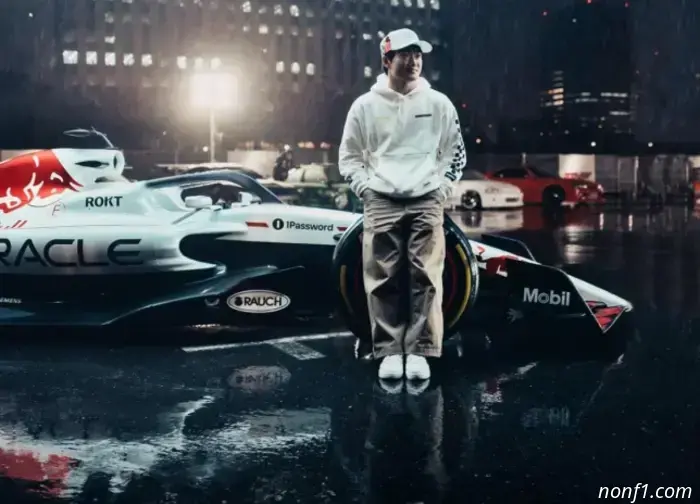 Yuki Tsunoda: Of course, the changes couldn't be crazier!
Tokyo hosted demo races with the participation of Red Bull and Racing Bulls racers, in which Yuki Tsunoda took part as Max Verstappen's team-mate...
Yuki Tsunoda: Of course, the changes couldn't be crazier!
Tokyo hosted demo races with the participation of Red Bull and Racing Bulls racers, in which Yuki Tsunoda took part as Max Verstappen's team-mate...
De la Rosa on the track features and settings in Suzuka
Aston Martin Ambassador Pedro de la Rosa spoke in the team's preview before the Japanese Grand Prix about the features of the track and the setup of the car.
